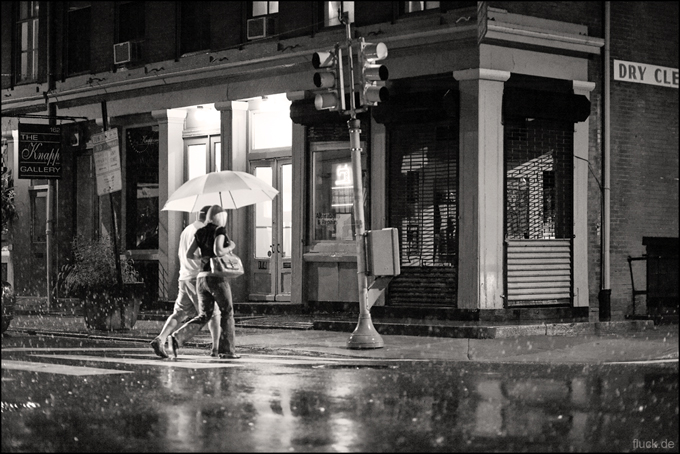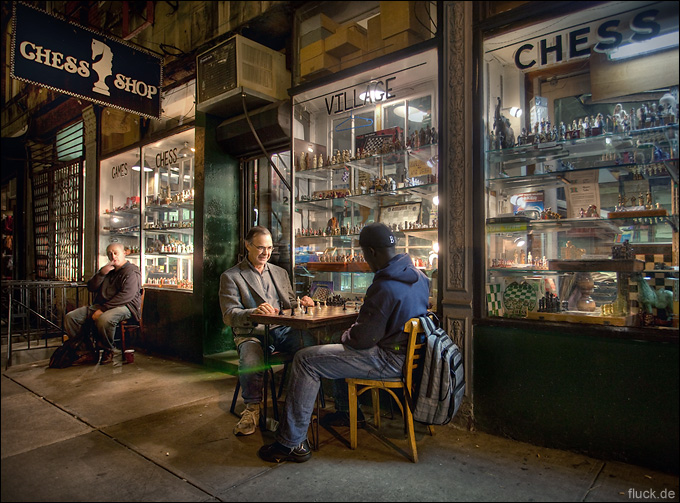This is the first article of this kind, and I will start off with the piece of equipment that is always involved when I'm out there taking pictures. Of course, I'm talking about the camera body. In my case that would be the Canon 5D II.
Here are my 5 top reasons why the Canon 5D Mark II is my body of choice.
1. No matter how much ice cream you eat, you will hear people saying that you have a great body
Happens to me all the time.
2. Because the image sensor is so large, your photographs won't show much noise even when shooting with higher ISO
Different from the most commonly used sensor size (known as APS-C size), full-frame sensors produce less image noise. Noise (or grain) can look nice and artsy in some images, but in general the camera that produces less noise gives you more freedom. It allows you to increase the sensitivity of your image sensor (by increasing the ISO in the camera settings) and take beautifully smooth images in low light situations.
Now why is that?
The image sensor is the part of your camera that actually captures the light coming through the lens. The sensor translates the captured light to electric signals so that it can be digitized and stored on your memory card. So far so good. Now why would one pay so much more money just for a larger sensor? Simply because each single pixel in your image is based on one electric signal. When all these signals are squeezed tightly together on a small sensor, the signals interfere with each other resulting in unsightly image noise.
Let's compare it to a daily life situation: when you sit in the economy class of an airplane squeezed between other passengers, you are affected by whatever your fellow travelers do. You smell the food they are eating, you hear the things they are talking and you notice every move they are making. Now you can imagine the arrangement on a full-frame sensor as the first-class section in an airplane. Everybody has plenty of room to stretch out and enjoy the trip. Now after the long journey is over, who do you think comes out looking better? The OJ zipping first-class passengers, or the squeezed-out people from the economy class?
3. With 21 Megapixels the resolution is high enough for producing large-scale prints of high quality
As discussed in (2) I wouldn't want 21 Megapixels on a APS-C sized sensor because of the interference mess. In case of the 5D II however, I thankfully take the 21 Megapixels and blow the images up to brilliant looking large-scale prints.
4. It is the most affordable (Canon) body with a full-frame image sensor
Now that you are aware of some great advantages of the sensor size, you might want to have a look at other full-frame cameras out there.
If you do some research and look at the different Canon lines, you will see that you would have to spend at least twice the money for other cameras housing the exact same sensor. If money is a concern, and you are not too specialized in what you are shooting, the 5D II seems to be the best choice.
5. It's weather sealed and built to last
I used my 5D II in the rain and in nasty dust storms and it is still working like it did on the first day*.
*results may vary.
Last but not least, two high-ISO example images taken with that body:
This is an example of a nightly street photograph taken with ISO 3200:

An HDR image from three exposures - each taken with ISO 400.

I know most of us don't order such a piece of equipment spontaneously. But if you at some point decide to purchase one, feel free to put a smile on my face by ordering through this link:




7 comments:
I switched to digital one month ago. I bought precisely that body, and my reasons were very similar. I take mainly landscape photographies, with some macro and portraits in the mix. With the full frame:
- I get less noise (I don't like to carry/use flash)
- wide lenses stay wide,
- shallow deep of field stays shallow
So far I'm very pleased with it. I even took it to an F1 Grand Prix and, despite all the comments about the AF being almost useless for fast action, it worked like a charm.
Really? I haven't heard about AF problems, but I actually never looked into fast action stuff.
Well, there were no real problems, just that in every review I saw there were people complaining about Canon lagging behind in the AF department. Specially against the supposedly 'incredible' 51-point 3D Nikon super-system that you get even in lower range cameras, while Canon was happy with keeping basically the same old 9-point slow system for their 5D-II.
My impression after using the camera in more or less demanding conditions: it makes no big difference. And if it really makes a big difference for somebody, then probably he/she should be considering a 1D.
Anyway, besides some rare occasions, my main interest is in subjects that move as fast as a mountain, so I think the AF is perfect ;-)
Guille, I'm not sure I would make much use of Additiinal AF fields beyond 9-point, but that might be just me. I like your mountain pictures, btw.
There seems to be lots of research going on addressing the isolation of those neighbors, so I guess one cannot compare across camera generations. Did you have hands-on experience with the Sigma sensor? I don't know anyone using this.
oliver, your blog is where I am coming before I step back into (or step into officially) exploring photography. this post is very helpful. the way you write makes is very easy for someone like me who is not familiar with this stuff, understand it.
so, after december, when my first manuscript, first draft is done, i just might explore this.
thanks and hope all is well, friend.
~a.
Cool, thanks for your feedback, Annie!
Post a Comment